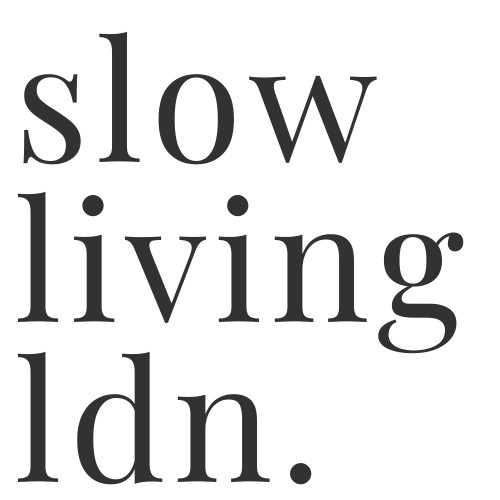You have no items in your cart. Want to get some nice things?
Go shopping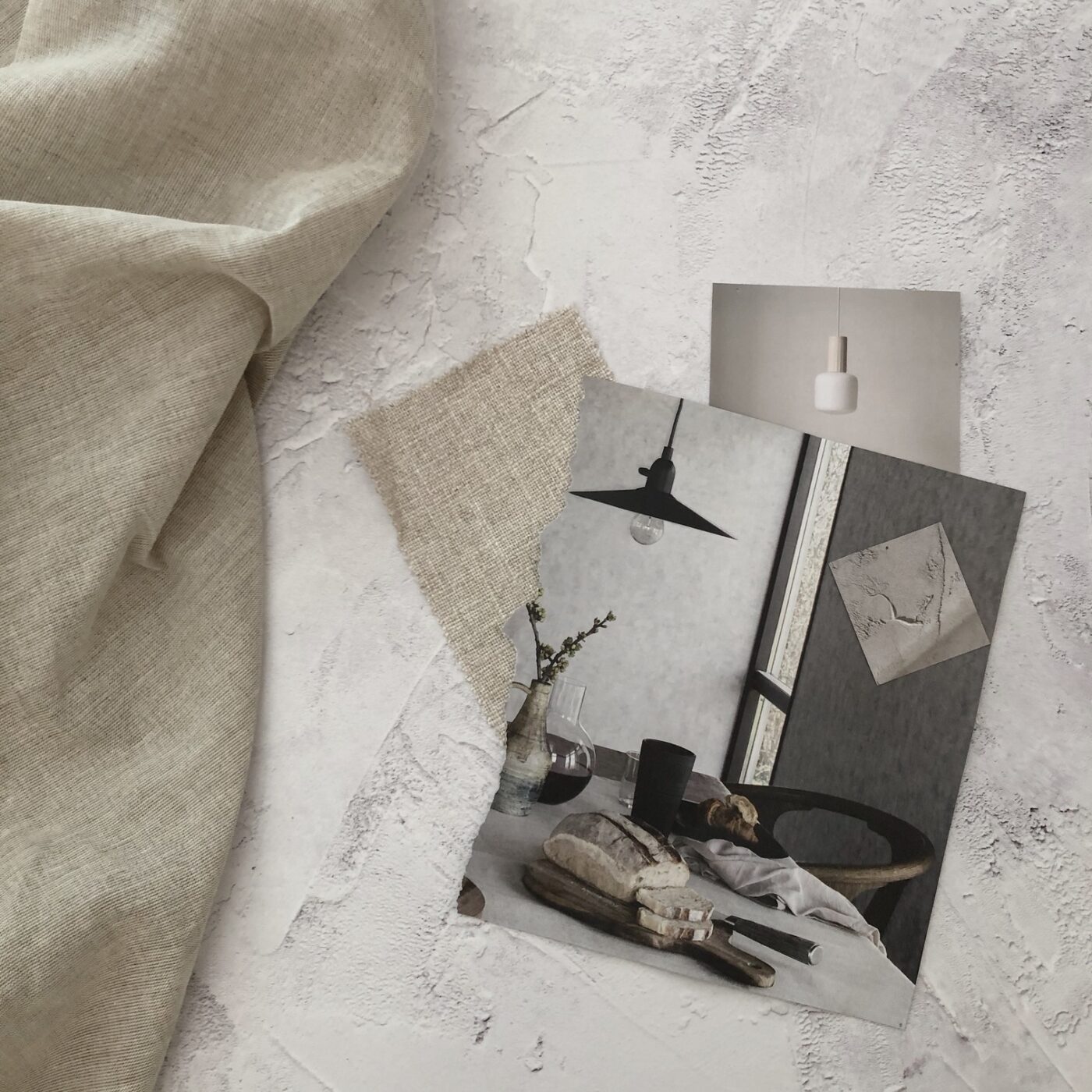
Minimalism can often be synonymous with a sparsely-furnished home and a monochrome wardrobe.
Many of our preconceptions or associations with minimalism are centred on a look. Instead, we should think of minimalism as a way of thinking.
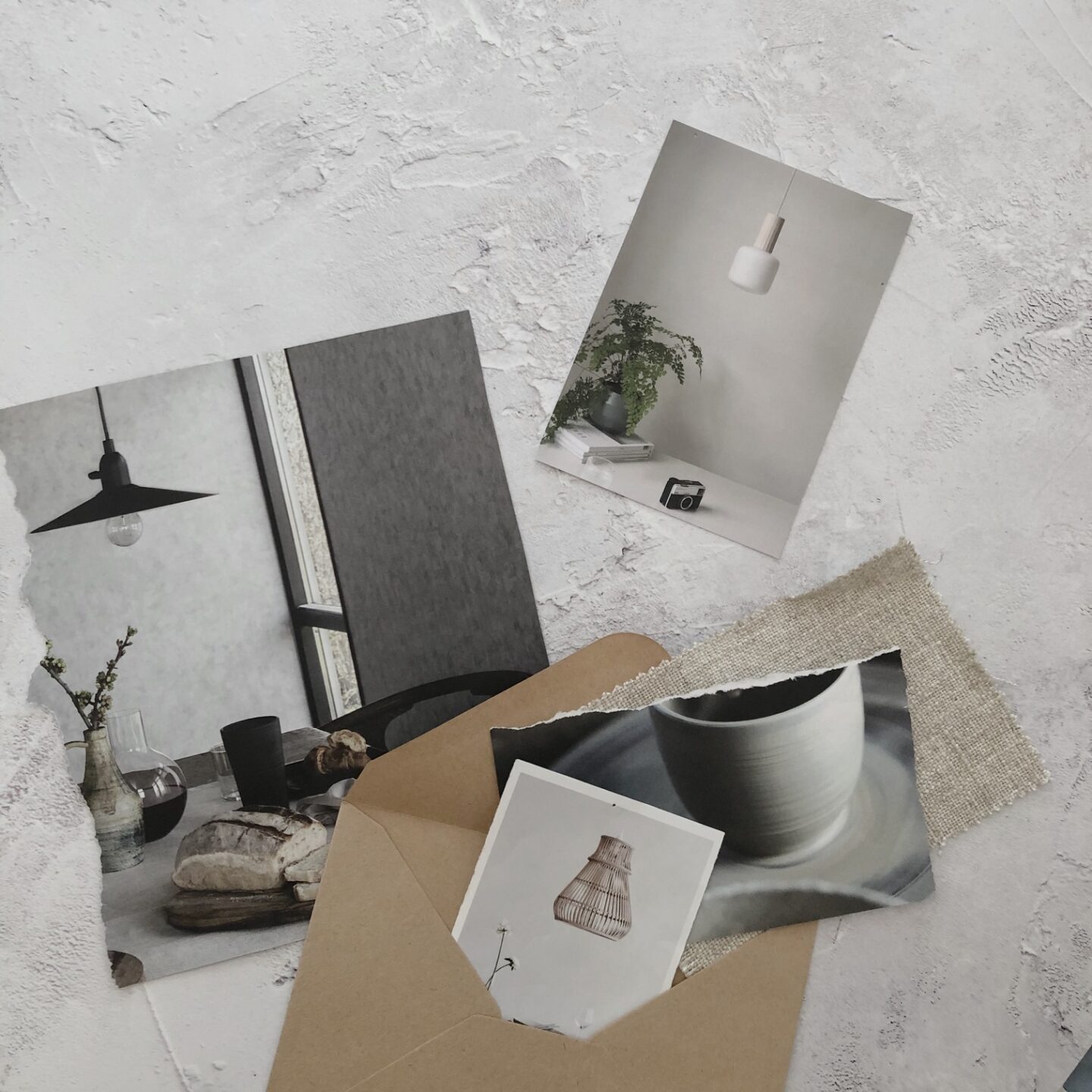
(n) minimalism
A style in art, design, and theatre that uses the smallest range of materials and colours possible, and only very simple shapes or forms.
The Cambridge Dictionary definition of minimalism confirms this interpretation of minimalism as a look, but does not offer an understanding of what it means to pursue minimalist principles in your lifestyle. Here we explore the meaning of minimalism as a useful tool for beginning to live by your own values and what’s important to you – a key step when pursing a slower, more meaningful lifestyle.
Minimalism as a Tool
When exploring minimalism within our lifestyle, the definition far surpasses how things look. Key advocates explain that minimalism:
- “is a tool to rid yourself of life’s excess in favor of focusing on what’s important—so you can find happiness, fulfillment, and freedom.” – The Minimalists
- “means intentionally promoting the things we most value and removing everything that distracts us from it.” – Joshua Becker, Becoming Minimalist
- “is simply removing the things that remove you from your life.” – Courtney Carver, Be More With Less
- “is really all about reassessment of your priorities so that you can strip away the excess stuff — the possessions and ideas and relationships and activities — that don’t bring value to your life.” – Colin Wright, Exile Lifestyle
In summary, minimalism is a tool to simplify, remove distractions and place what is most important to you at the centre of your lifestyle.
When exploring minimalism, there are some words that are often used:
- intentional
- conscious
- fulfillment
- contentment
- priorities
- meaningful
- mindful
- purpose
Myths of Minimalism
There are a few common myths around embracing minimalism, or simplifying, including:
- Minimalist is a Look To Be Achieved
- Minimalism Means Owning Very Little
- Minimalism Means De-Cluttering Physical Stuff Only
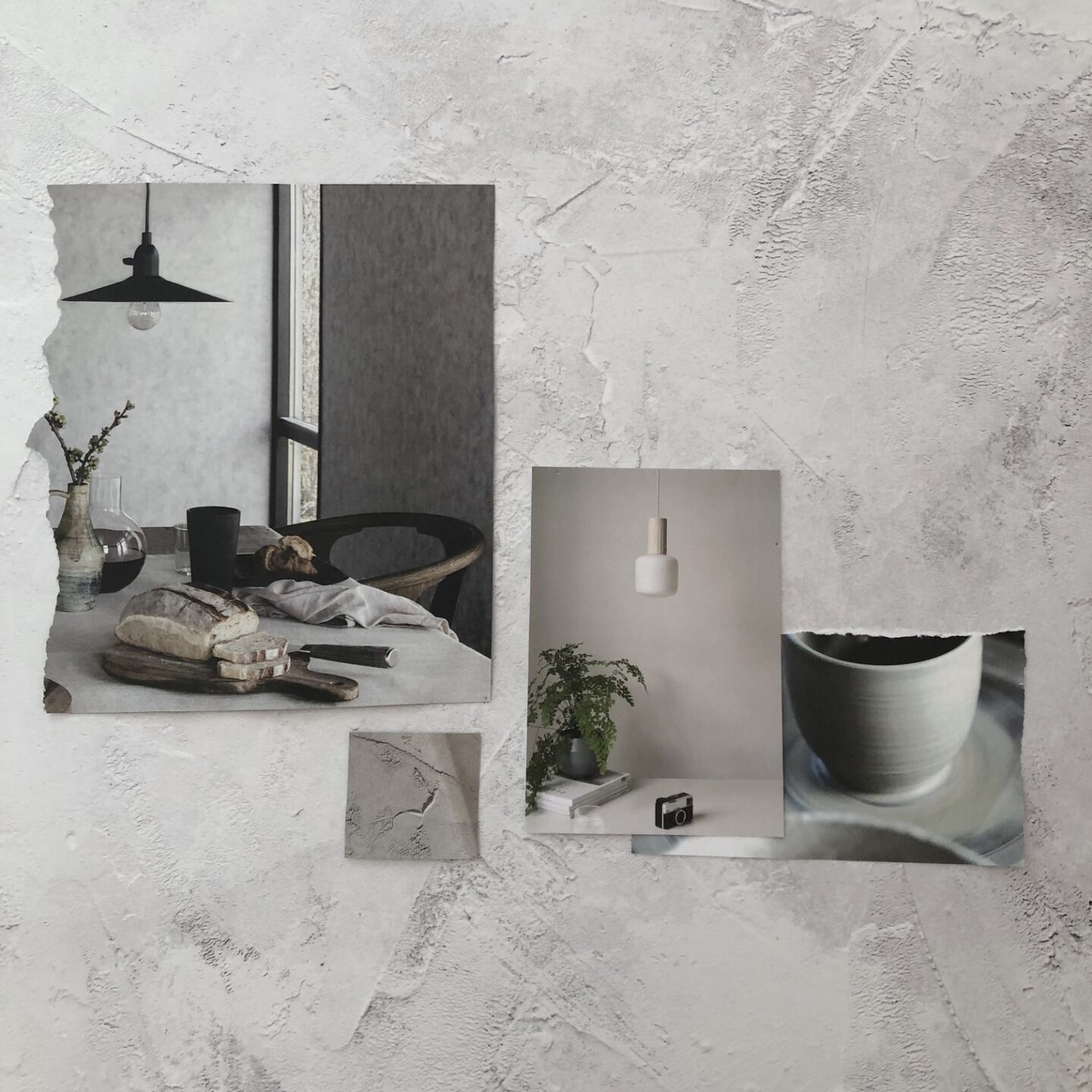
Minimalism Myth #1: Minimalist is a Look To Be Achieved
Minimalist can mean monochrome, it can mean pared back and it can mean simple. However, remember, that this is often monochrome as a style in art or fashion – using minimalism as a tool doesn’t require this aesthetic as a prerequisite. Much like there’s not one singular slow living aesthetic.
Replicating this style doesn’t make you a minimalist, especially if the items you fill your home or wardrobe with have no real meaning for you.
In SLOW by Brooke McAlary, the author explains, “minimalism is about stripping out excess stuff in order to make room for the things that matter, but it so often becomes twisted around the competitive idea of how much we should own, how many items we can live with, how bare the walls are, how tiny the home, how tightly edited the capsule wardrobe.“
This can’t be stressed enough. You can’t simply ‘tick minimalism off the list’ because you’ve thrown everything out and your bare house is ready to appear in a stylish magazine. McAlary reminds us that if we are focused on achieving minimalism as an aesthetic and we feel we need to buy new products of a certain style or look, we’re recreating the need to keep up with The Joneses. Albeit, a different set of Joneses.
At it’s heart, simplifying is about living true to yourself and your own values, likes and dislikes. Forget The Joneses.
Minimalism Myth #2: Minimalism Means Owning Very Little
There’s no magic formula for simplifying. Minimalism is about living consciously and loving the things you own and removing those things that don’t bring you joy. The number of items and what things you find joy in is highly individual and will naturally differ from person to person.
Since many also chalk up minimalist living to owning very little, it’s often misconstrued as a life lived in deprivation. But it’s not about how little you can live with, it’s about identifying what you can’t live without.
Leo Babauta, the voice behind blog Zen Habits, “Be a curator of your life. Slowly cut things out until you’re left only with what you love, with what’s necessary, with what makes you happy.” Curation is key – there’s no number to aim for.
Minimalism Myth #3: Minimalism Means De-Cluttering Physical Stuff Only
Minimalism isn’t just about stuff. Sure, physical clutter, might be the first you tackle, but using minimalism as a tool means applying the same principles of simplifying to other areas of life. Or, to be more precise, non-physical things such as unproductive habits, stress, negative relationships and a jam-packed calendar of commitments.
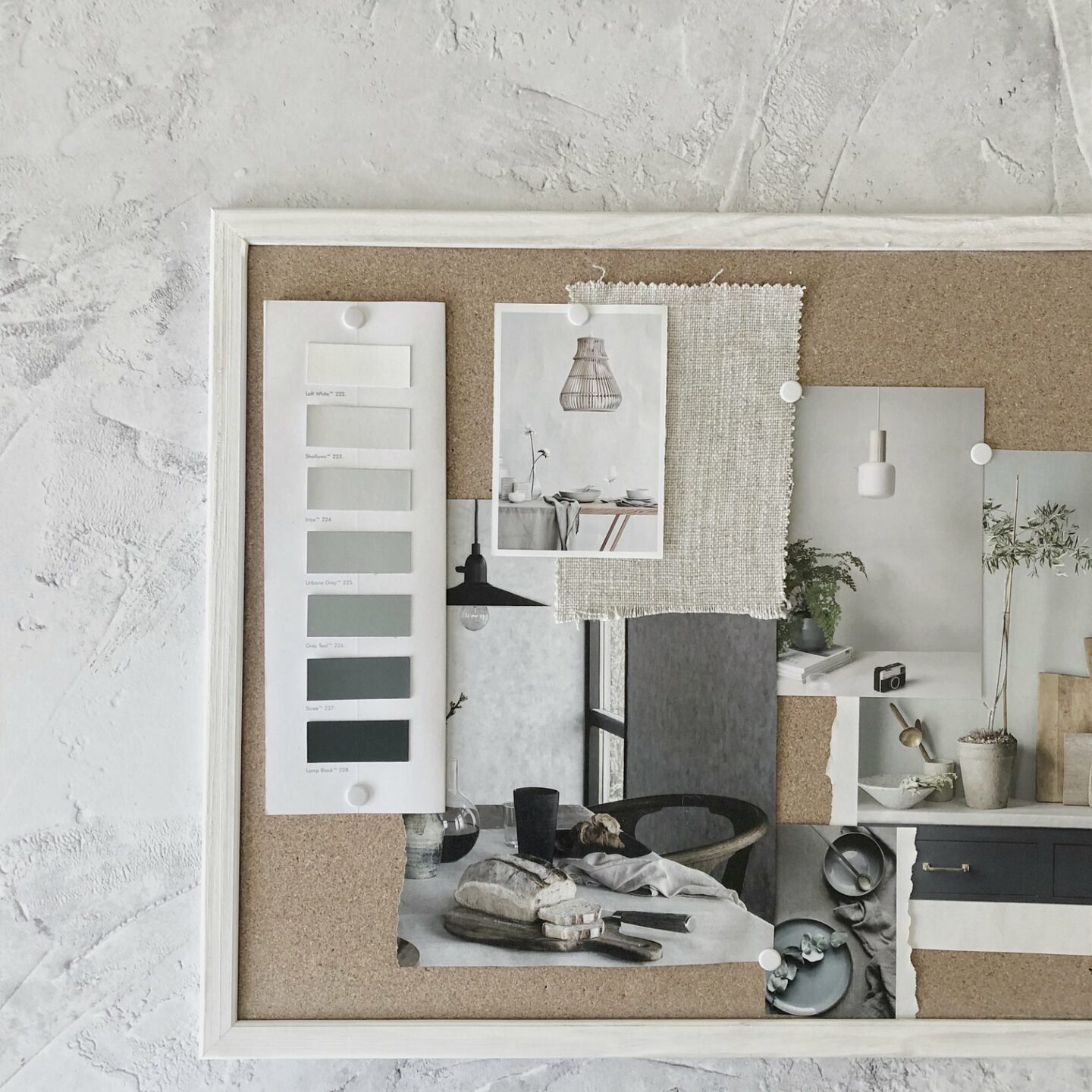
“When they really start to think about it, though, most people realize that the physical things they own are not the most important parts of their lives.”
Colin Wright, Exile Lifestyle
The Benefits and By-Products of Minimalism
Minimalism is a tool that sets you up to start living by your values. Some of the benefits may include:
- Saving money and being able to spend more on things that bring you joy, such as travel
- Reducing environmental impact by consuming less and making more careful, considered decisions when purchasing
- Saving time and re-investing this in self-care, on hobbies, or on relationships
Slow Living and Simplifying
Minimalism is a way of thinking and a place to start when becoming more in tune with what’s important to you. Whether you call it minimalism or simplifying, at Slow Living LDN. it’s part of the first step towards embracing slow living in practice:
- Live by your values – simplify your lifestyle to remove physical and emotional distractions from what you consider important
- Be self-aware – make time to prioritise self-care, sleep, mindfulness, real connections and a better relationship with technology
- Live consciously – reconnect with the natural world, travel mindfully and make more considered decisions to minimise environmental impact
For more detail, read our guide on how to slow down.
- More about slow living
- A guide to slow interiors
